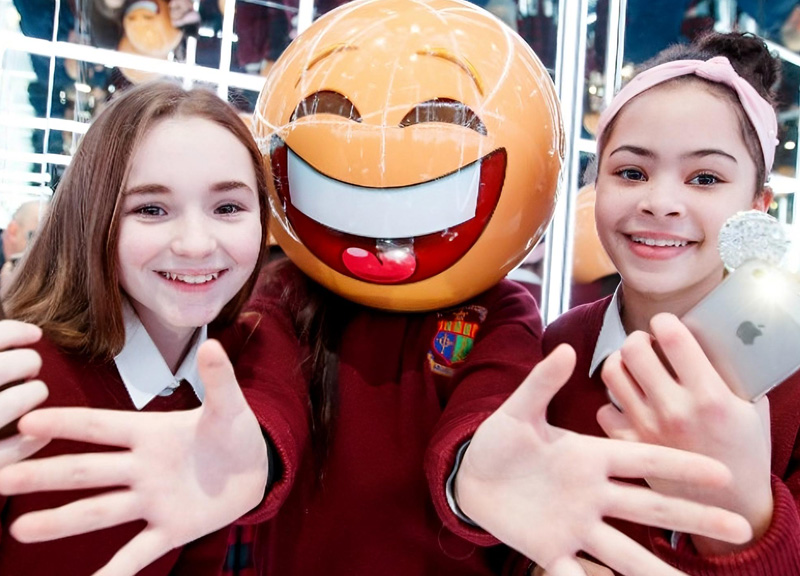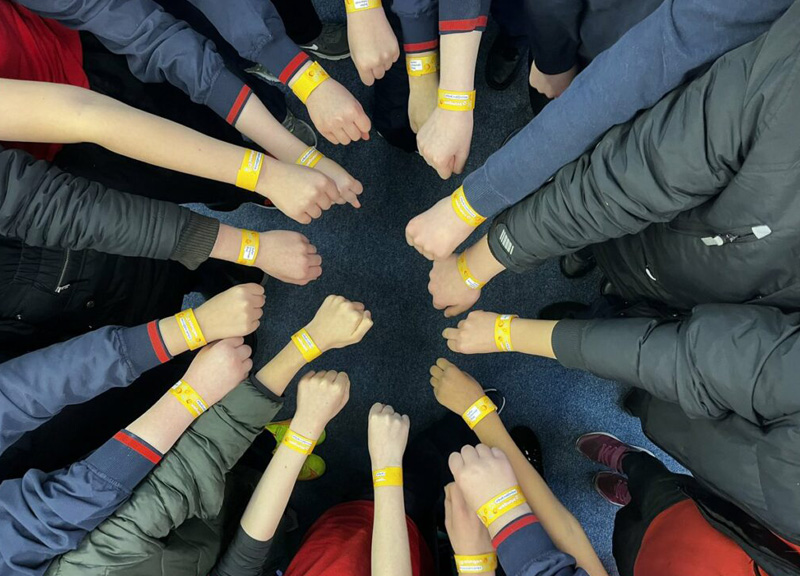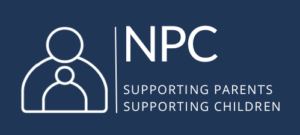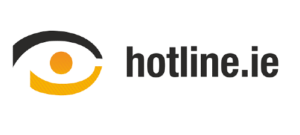Myth v Reality
Social media is a fantastic way to connect and share with others. One of the great things about social media is we can decide what photos, posts, videos we share and as a result, many of us present an idealistic version of ourselves. It’s a great way of sharing parts of our lives with others – posting images and captions that we want others to see. But we are less likely to share the parts we don’t want others to see, or possibly think they wouldn’t be interested in. While social media has many benefits, it can be a place where we feel pressure to live up to certain standards, or which can instil self-doubt when we see images or the lifestyles of others.
Myth versus Reality
Pressure to look a particular way is not a new phenomenon, for decades some sections of advertising and the media industry have been criticised for promoting unrealistic image and lifestyle standards in the form of photoshopped celebrities, size zero models or lavish lifestyles.
In the era of social media, these pressures are often amplified. Now that our social media feeds are filled with influencers, celebrities and even people we know, it has become even more important to be able to separate fact from fiction. We know that people generally post the ‘best’ of themselves online and with easily accessible image editing tools and filters, what we are looking at can even be a digitally enhanced version of the ‘best’. Faces are slimmed, teeth become whiter, and blemishes are erased. Often it can be difficult to spot a picture that has been enhanced. It’s not all bad, it’s that the reality is more complicated. What we see is a one-sided version of a person’s life online, and if you know someone well you will know that they are only showing the best bit – but if you don’t know a person, you don’t have any other information or context to go on.
know, it has become even more important to be able to separate fact from fiction. We know that people generally post the ‘best’ of themselves online and with easily accessible image editing tools and filters, what we are looking at can even be a digitally enhanced version of the ‘best’. Faces are slimmed, teeth become whiter, and blemishes are erased. Often it can be difficult to spot a picture that has been enhanced. It’s not all bad, it’s that the reality is more complicated. What we see is a one-sided version of a person’s life online, and if you know someone well you will know that they are only showing the best bit – but if you don’t know a person, you don’t have any other information or context to go on.
The rise of the influencer
The rise of social media influencers has added to the issue. We follow influencers because we are interested in their content, we want to be entertained, we want to learn from them or even are inspired by them. But it can lead to pressure about what clothes to wear, how to look, and what music, food or brands to buy. So, it’s important to consider The Full Picture, and think critically about what you are seeing. Has that person been paid to promote an item? How has it been edited? Has what they are posting been designed to fit their online ‘brand’, and is it a realistic reflection of who they are?
Social media feeds and algorithms
Filtering through content that appears on our online newsfeeds is complicated further, because what we see is determined by the algorithm of the particular platform we are using. What we encounter when we go online doesn’t appear by coincidence – social media or online platforms highlight content that they believe we will like, because it is popular or because you are being advertised to. You can read more about how algorithms work here, but just like with images we see, or the people we follow, it is important to be mindful that what we see on our newsfeeds is not a full reflection of reality, it is just a part of The Full Picture.
Why it matters
 Social media is a great way to explore content we are interested in and to discover new people, but it can create pressures to live up to certain ‘standards’. This can be unrealistic for lots of reasons – images may have been carefully selected and edited; celebrities have vast resources at their disposal; sports stars have 6 packs because their job requires an exercise regime that most people would not have the time for. The danger is that viewing content without a critical eye, can lead to self-esteem issues, and pressure to conform in ways that may not be a good fit for you as a person.
Social media is a great way to explore content we are interested in and to discover new people, but it can create pressures to live up to certain ‘standards’. This can be unrealistic for lots of reasons – images may have been carefully selected and edited; celebrities have vast resources at their disposal; sports stars have 6 packs because their job requires an exercise regime that most people would not have the time for. The danger is that viewing content without a critical eye, can lead to self-esteem issues, and pressure to conform in ways that may not be a good fit for you as a person.
Social media is a great tool for sharing and connecting with friends and family – the social aspect is fundamental to how it works! Getting likes and comments on moments that we choose to share about our lives is great – a self esteem boost, an endorsement! But not getting the ‘likes’ you expected can have the opposite effect. It’s natural to look for the approval of people around us, but it’s important not to fall into the trap of becoming too worried or anxious about it.
What can you do?
- Think critically about the content you are viewing. Keep in mind that what we see on social media is only what people want us to see. It is great to get a window into someone’s world, but remember it’s not the Full Picture.
- Your social media feed is influenced by many different things from influencer marketing to the algorithms working in the background which determine
 the content that you see. Understanding this, can help you question what you see, and to filter fact from fiction.
the content that you see. Understanding this, can help you question what you see, and to filter fact from fiction.
- When we post content online, we are sharing part of our lives. We all want to be liked but try not to put too much pressure on yourself to conform. Instead, create a social media presence that is aligned with your own identity.
- Your value as a person is not reflected in the number of ‘likes’ your posts get. What you post should be more of a reflection of you and what you like, and not because you hope other people will like it.
- Strike a balance. Think about the content, brands, and people that you follow. If you find yourself making unhelpful comparisons with accounts you follow, take a time out, unfollow those accounts or why not widen that circle and take more control over your newsfeed to find a balance that suits you, and makes you feel happier in your own skin.





